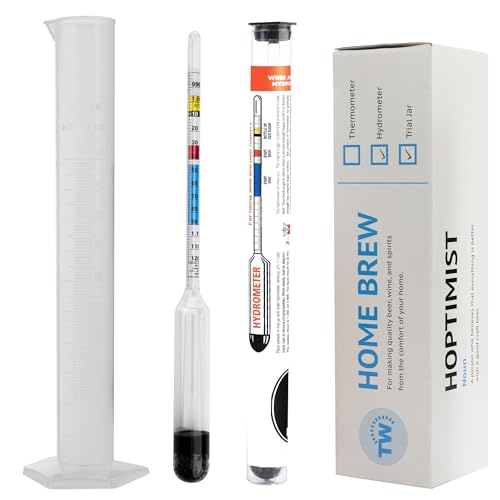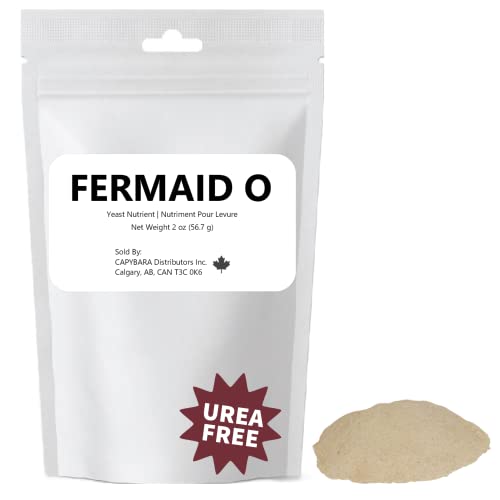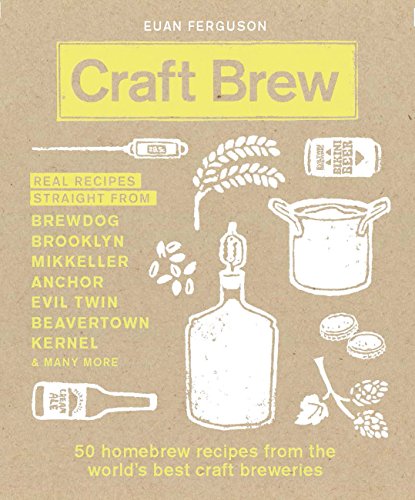richardagutteridge
Active Member
: HI all. I'm making my own chiller from copper tube. Would it be better to send the hot wort through the tube,via a cold bath, or put the chiller into the wort?
HI all. I'm making my own chiller from copper tube. Would it be better to send the hot wort through the tube,via a cold bath, or put the chiller into the wort?
As a gardener I would prefer the former as this would not waste water, What do others think :wha:
Regards Richard
 HI all. I'm making my own chiller from copper tube. Would it be better to send the hot wort through the tube,via a cold bath, or put the chiller into the wort?
HI all. I'm making my own chiller from copper tube. Would it be better to send the hot wort through the tube,via a cold bath, or put the chiller into the wort?As a gardener I would prefer the former as this would not waste water, What do others think :wha:
Regards Richard


















![BREWING THERMOMETER STICKERS ACCURATELY MONITOR FERMENTING BEER & WINE LIQUID TEMPERATURES 5PCS HOME BREW SPIRITS WINE LCD ADHESIVE [US]](https://m.media-amazon.com/images/I/311DDjo2X3L._SL500_.jpg)






















